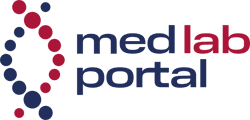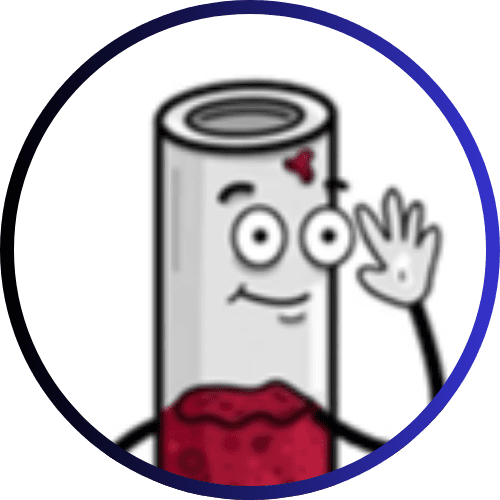Genetic risk determines survival in AML after stem cell transplantation
Genetic risk of acute myeloid leukemia (AML), not remission status, is critical to the overall survival rate of patients with high-risk AML after allogeneic hematopoietic stem cell transplantation (allo-HSCT). In addition, remission induction by standard salvage chemotherapy before transplantation does not bring any advantage. This is shown by the results of a long-term follow-up of the ASAP study, which was conducted at German universities and clinics. The DKMS initiated, finances and promotes research on therapies for haematological diseases.
The ASAP study compares the standard approach of pre-transplant remission induction (SOC arm) with an alternative procedure: immediate transplantation after intensive conditioning, supplemented by less stressful disease control measures such as reduced chemotherapy or close monitoring.

The long-term analysis with a median follow-up period of 61 months confirms that immediate transplantation achieves comparable results to remission induction, but is associated with shorter hospital stays and less burden. The 5-year survival rate was 47.5 percent in the SOC arm and 46.1 percent in the alternate arm. Since non-inferiority is not formally proven, immediate transplantation does not replace the standard, but can be considered more often. Patients in the SOC arm spent a month longer in the hospital and suffered more adverse events.
Age and AML genetics according to ELN-2022 criteria are the most important risk factors for survival. The 5-year survival probabilities regardless of the treatment arm were 66 percent for favorable risk, 53 percent for medium risk, and 34 percent for unfavorable risk. Accounting for risk and treatment, the 3-year survival rate for favorable or intermediate AML under watchful waiting in the alternative arm was 77 percent, compared to 66 percent in patients in complete remission in the SOC arm.
The results underline that survival depends less on remission induction or bridging strategies, but on the biology of the disease. Reducing the leukemia burden before transplantation does not improve survival if intensive cytotoxic therapies follow. This challenges common assumptions and promotes precision medicine in transplants. New tolerable bridging and maintenance therapies are particularly necessary in the case of unfavorable risk.
The multicenter ASAP study aimed to transplant patients as quickly as possible, without mandatory complete remission. It was carried out by 18 German centres, including the University Hospital Carl Gustav Carus Dresden and the University Hospital M├╝nster, and supported by the Study Alliance Leukemia, the German Transplantation Study Group and the Gert and Susanna Mayer Foundation.
DKMS is committed to improving the chances of recovery from blood cancer. It has registered over 13 million potential donors and mediated more than 125,000 donations. The organization is active in several countries, finances research, conducts studies and awards prizes such as the DKMS Mechtild Harf Science Award and the DKMS John Hansen Research Grant for young scientists. Applications for the grant are possible until November 20, 2025.
Original Paper:
Stelljes, M. et. al.: Disease risk but not remission status determines transplant outcomes in AML: long-term outcomes of the ASAP trial. Blood 2025 Jul 30:blood.2025028730. doi: 10.1182/blood.2025028730 Online ahead of print.
Editor: X-Press Journalistenb├╝ro GbR
Gender Notice. The personal designations used in this text always refer equally to female, male and diverse persons. Double/triple naming and gendered designations are used for better readability. ected.




